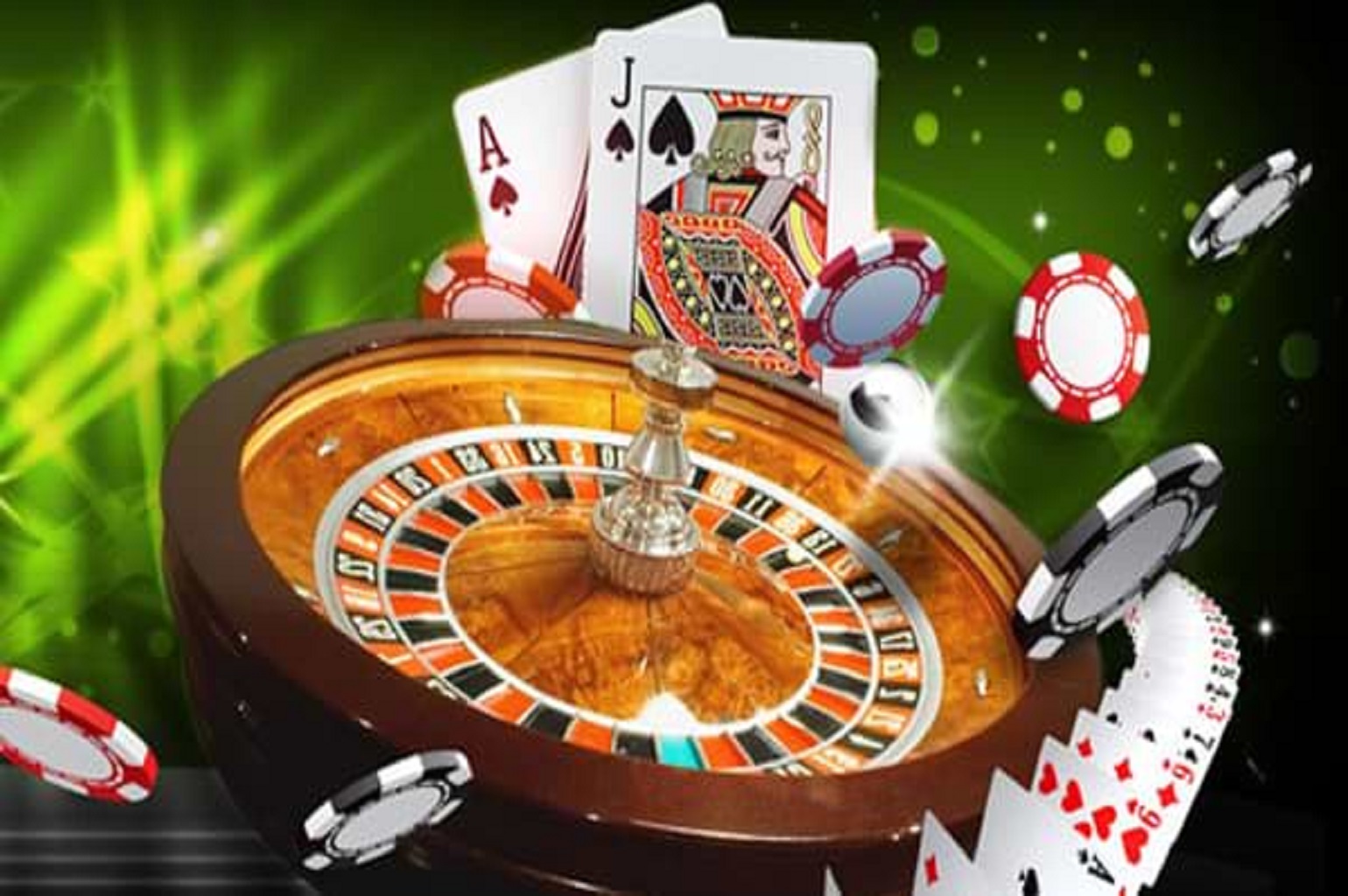
Casino games have long captivated the human imagination, drawing players into a universe filled with luck, tactics, and the allure of thrill. Each experience is meticulously crafted not just for enjoyment, but also to inspire specific emotional responses that keep participants involved and committed https://w88.gifts/. Understanding the reasons behind these designs reveals much about how human psychology plays a key role in the gaming experience.
From the bright lights and dynamic sounds to the complex layering of rules and payoffs, casino games are designed to create an atmosphere of anticipation and expectation. Game designers leverage behavioral strategies to influence participant behavior, whether through the use of big prizes, almost wins, or social interactivity. By examining these factors, we can better appreciate how casino games fulfill not just a need for entertainment, but underlying psychological needs for thrill and hazard.
Comprehending Player Actions
Casino games are engineered with a thorough grasp of player psychology, which is crucial for luring and holding players. The thrill of the game, combined with the anticipation of winning, establishes a formidable attraction. Game designers utilize elements like sound effects, vibrant graphics, and captivating gameplay to seize attention and elicit emotional responses. These sensory effects enhance the total environment, making players feel more invested in the game.
Another notable aspect of player behavior is the notion of risk/reward dynamics. Casino games often manage high-stakes situations with the potential for significant rewards, which can cause the phenomenon known as near-miss phenomenon. When players come within reach to winning, the brain secretes dopamine, strengthening their behavior and prompting them to persist playing in quest of that elusive win. This cycle of anticipation and letdown plays a key role in how games are constructed and marketed.
Lastly, community aspects also play a pivotal role in player behavior at casinos. Many games are crafted to be played in groups or with other players, fostering a sense of togetherness and shared experience. đại lý w88 đại lý w88 The interaction inherent in games like poker enhances enjoyment and can lead to extended gameplay. Designers capitalize on this by designing environments that prompt players to linger, socialize, and revisit, making the overall casino experience more inviting.
The Role of Visuals and Sound
Visuals and sound play a significant role in enhancing the gambler’s experience within gambling games. Designers utilize bold colors, striking graphics, and engaging animations to grab players’ attention and maintain their interest. The use of themes, such as adventure or luxury, helps create an engaging atmosphere that transports players into another world. By appealing to the senses, these elements add to a intensified emotional response, prompting players to interact more deeply with the games.
Sound design is just as important in reinforcing the experience of casino games. The mix of background music, audio effects for successful combinations, and environmental noises creates an sound landscape that keeps players fascinated. Sounds associated with victories, such as chiming bells or celebratory music, evoke feelings of thrill and reward, encouraging players to keep playing. These audio cues are strategically placed to amplify the excitement of the game and create a more engaging experience.
Additionally, the synchronization of imagery and sound is important for supporting the game’s overall theme and mood. Each element should coordinate harmoniously to create a cohesive experience that draws players in. The effective use of this integration not only enhances user enjoyment but also increases the chances of repeat play, as players become more invested in the immersive world that the gambling games offer. This thoughtful combination of imagery and sound ultimately enhances player engagement and commitment.
Incentive Systems and Participation
The creation of casino experiences significantly depends on reward structures to ensure participants involved and returning for additional experiences. These structures are rooted in psychological principles that exploit human behavior and desire. Participants are often driven by the thrill of winning, which is reinforced by instant responses through the game structure’s design. This instant gratification not only enhances the overall experience but also cultivates a feeling of achievement, encouraging players to continue playing in hopes of greater gains.
Gaming establishments adopt various incentive systems, such as large payouts, bonuses, and increased rewards, to engage participants. These elements create a level of excitement that maintains interest. Additionally, the unpredictability of results plays a crucial role in keeping interest. The intermittent reinforcement schedule, where wins are unpredictable but happen often enough, keeps players on edge and motivated to keep playing. This loop of anticipation and anticipation is foundational to the success of casino games.
Moreover, social elements, such as tournaments and collaborative options, enhance the engagement factor by tapping into the desire to compete of players. The shared experience of playing with fellow participants can intensify the excitement of winning and create a sense of community within the gaming space. By integrating these community elements with efficient reward systems, gambling experiences don’t just offer entertainment but also nurture a stronger connection among players, reinforcing their loyalty to the gaming experience.
